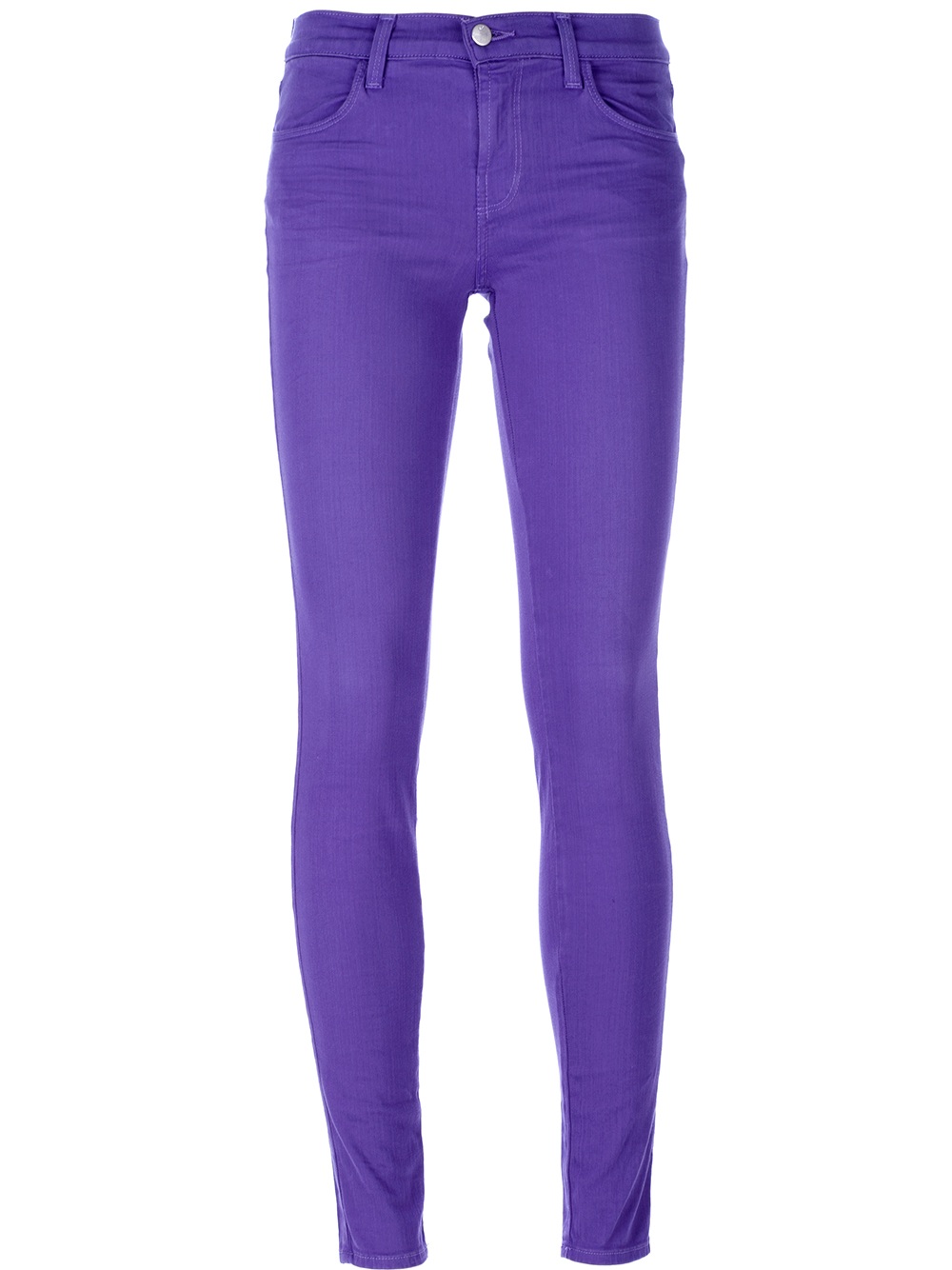

Reportedly, posters of Kate Moss were often defaced with graffiti that read "feed me". Due to Kate's extremely skinny frame, she was often criticized for allegedly promoting eating disorders as apparently evidenced by her shots for Calvin Klein. Her waif-like figure set a new fashion standard that became known as " heroin chic." This was a pale and ghostly look that called for a stick-thin stature and size zero body. Kate Moss became one of the nineties' biggest phenomena when, at 14 years of age, she was discovered at JFK Airport. Later in the decade, the rise of Kate Moss shifted the world of fashion when her entrance onto the scene turned the Big Five into the Big Six.Later in the decade, Tatjana was replaced in the Big Five by supermodel Claudia Schiffer, who is one of the most successful supermodels in the world, holding the record for the most magazine covers according to The Guinness Book of World Records. Evangelista also infamously coined the phrase, "We don't wake up for less than $10,000 a day." Tatjana Patitz, the last of the Big Five, continues to be regarded as one of the "original supermodels" and even after her retirement, she remains in demand periodically by such designer houses as Jean-Paul Gaultier and Chanel. Linda Evangelista was known as the industry's "chameleon" for her ability to suit a multitude of styles. Christy Turlington was known for being a reliable model who garnered over 500 covers during her career and most notably, signed a contract with Maybelline for an annual fee of $800,000 for twelve days' work.

Cindy Crawford was the highest paid model on the planet in 1995 per Forbes. Naomi Campbell was the first black woman to grace the cover of French Vogue, Time, and American Vogue's September issue. Whether booked as individuals or as an elite group, each supermodel gained worldwide success and had great influence on the fashion industry. The Big Five consisted of supermodels Naomi Campbell, Cindy Crawford, Christy Turlington, Linda Evangelista and Tatjana Patitz.
#Purple brand jeans blue movie#
#Purple brand jeans blue plus#
Additionally, fashion trends throughout the decade recycled styles from previous decades, notably the 1950s, 1960s and 1970s.ĭue to increased availability of the Internet and satellite television outside the United States, plus the reduction of import tariffs under NAFTA, fashion became more globalized and homogeneous in the late 1990s and early 2000s. This approach to fashion led to the popularization of the casual chic look that included T-shirts, jeans, hoodies, and sneakers, a trend which continued into the 2000s. However, the popularity of grunge and alternative rock music helped bring the simple, unkempt grunge look to the mainstream by 1994. In the early 1990s, several late 1980s fashions remained very stylish among both sexes. One notable shift was the mainstream adoption of tattoos, body piercings aside from ear piercing and, to a much lesser extent, other forms of body modification such as branding.

( Saffron, 1996)įashion in the 1990s was defined by a return to minimalist fashion, in contrast to the more elaborate and flashy trends of the 1980s. Several mid and late 1990s men's and women's fashions in 1994.


 0 kommentar(er)
0 kommentar(er)
